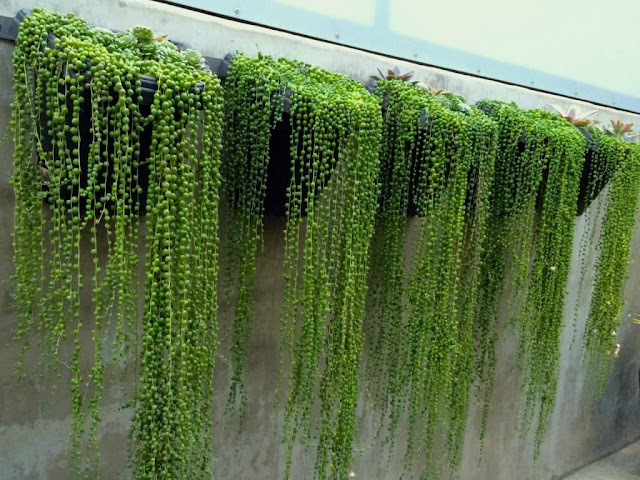While selecting the right plants for your garden is a good start, there is a lot of work that goes into maintaining your space. As the weather warms up at the beginning of spring, it is crucial to start preparing the soil and plants. The following tips will help set your garden up for a successful spring and summer.
Check Your Tools
Before you get started with your gardening routine, you should take the time to check your tools. After sitting in the shed all winter, most of them could probably use a little maintenance.
Sharpen the tools with blades and oil any hinges. Even if you’ve been using your multi-tool throughout the winter, you should check on any oscillating tool blades that you use for gardening purposes. You should also inspect your tools to make sure they function appropriately. Some might need repairs and others may need to be replaced. It’s also a good opportunity to make sure any general yard care tools, like a cordless lawn mower, wheelbarrow, and watering equipment, are in good working condition.
Pruning
The beginning of spring is the perfect time to prune many of your shrubs and trees. With the winter just ending, the branch structures are more visible, which will make it easier to shape your plants. However, before you start, you are going to want to learn which plants to trim at different times of the year. Spring is the ideal time to prune many of your trees and shrubs, but there are some that will need to wait until summer or even fall.
Clean Your Garden Beds
Clean out your garden beds and get back to having clear soil. Look for any leaves or debris that need to be removed and pull up any weeds that may have started to grow. If you have any dead organic matter, you can throw that on the compost pile. If the organic matter is already starting to compost, you can leave it with the soil. Ensuring that your garden beds look good may require a bit more maintenance than you think. In addition to removing debris and unwanted weeds, clean up the borders of your garden to ensure a nice, neat area. An electric grass trimmer will even out any overgrown grass and help shape the border.
Prepare the Soil
With the garden beds clear, you can start preparing the soil. Since the ground tends to get compact during winter, the first step is going to be tilling the soil. You can use a variety of tools to accomplish this. Depending on the circumstances, you can use a tiller, your garden rake, spade, trowel, or garden forks. Once the top layer of soil is tilled, you can add the necessary soil amendments and then rake the beds flat.
Divide Your Perennials
If you have an established perennial garden, you may have noticed that some of the plants have started to crowd each other. Without enough space, plants can start to underperform. This is why you should consider early spring as the best opportunity to divide your perennials. You just need to be careful to prevent damage when digging around and lifting the roots of your perennial plants.
Early Planting
The start of spring is also a time for early planting. Some plants will require you to start them indoors and then transplant them to the garden later in the season. However, there are plenty of plants that can be planted in early spring. If it is a vegetable garden, produce like lettuce, snow peas, potatoes, and onions can all be planted before the last frost.
Lay Mulch
Finally, it’s time to put down a layer of mulch. With a good layer of mulch on your garden, you can nourish your plants and prevent weeds from coming in to compete with the plants you want in your garden. While you do want to mulch around the established plants, you should wait until later in the season to mulch areas that have seedlings or places that were left open for planting later in the year.
Although this checklist may seem long, it’s the best way to ensure your hard work pays off this summer. Follow these steps for your best gardening season yet.
We would like to give author credit to freelance editor, Rae Steinbach:
"Rae is a graduate of Tufts University with a combined International Relations and Chinese degree. After spending time living and working abroad in China, she returned to NYC to pursue her career and continue curating quality content. Rae is passionate about travel, food, and writing, of course.
WORX /
ROCKWELLTOOLS



















